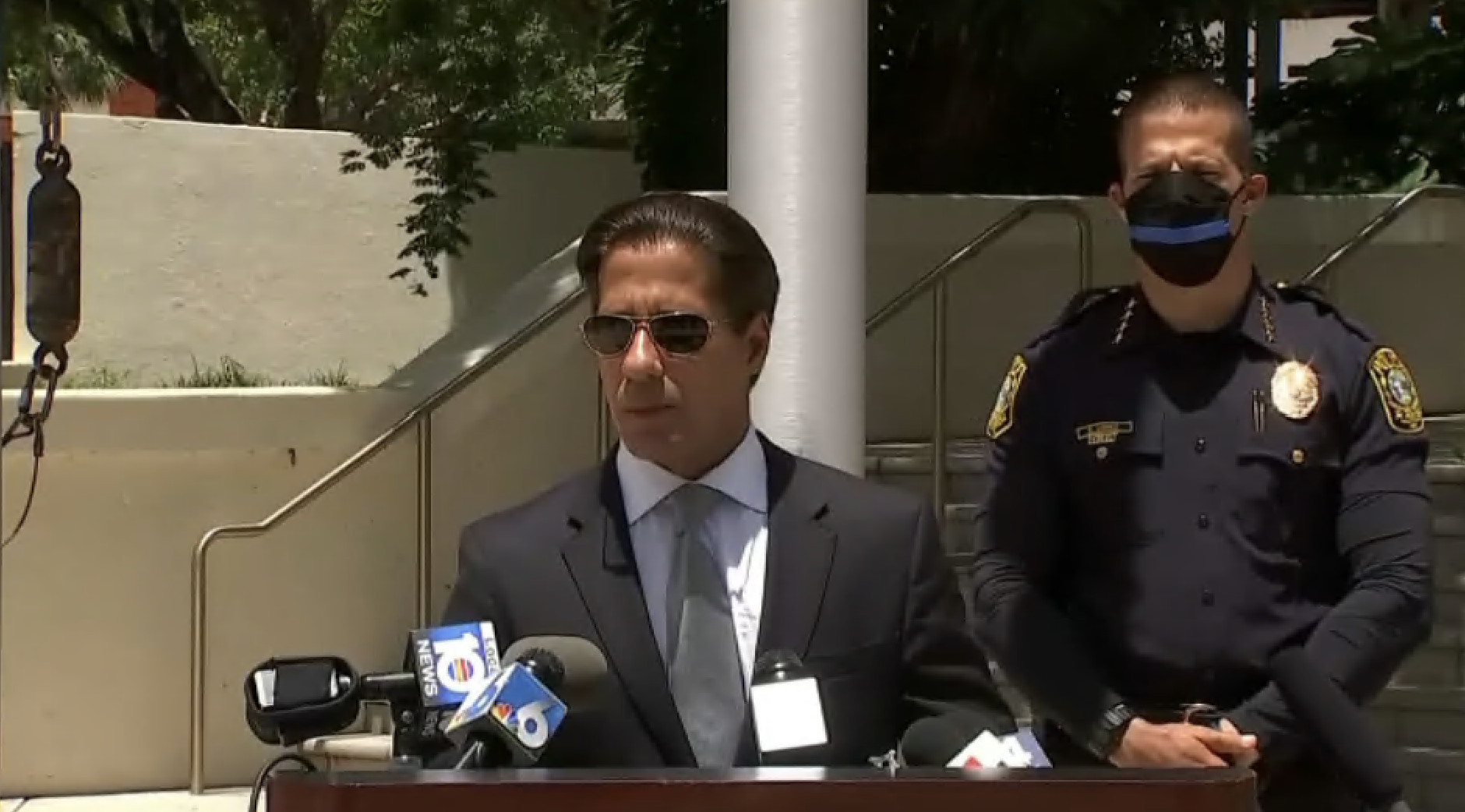After six weeks of distance learning, Broward County Public Schools now has a clear picture of distance learning. The district on Thursday released results of a survey which collected responses from 65,000 students, teachers, and parents.
“We’re showing it all here, the good and the bad about it, we believe this survey will not only help us but I think it could be informative to other school systems around the country," said superintendent Robert Runcie.
The distance learning system was forced upon school districts around the nation by the COVID-19 pandemic. So everyone was improvising, trying to make something out of nothing.
“Now the question is, is it equitable, are we ensuring quality, and those are the same questions we have in our physical classrooms but we have to answer them differently,” said Dan Gohl, the chief academic officer.
One of the bright spots of the survey is that 98% of students report access to a computer device with connectivity, a result of the district giving out more than 90,000 free laptops in March.
“We are extremely pleased to see those numbers, we know that the digital divide turns out to also be an opportunity divide,” said Runcie.
But the survey also revealed that 36% of students, more than a third of the 230,000 students who attend Broward’s public schools, said they had not spoken to any adult from their school in the past week.
“That’s a pretty big number, right? 36 percent haven’t spoke to an adult, that also reflects a common issue and concern I’ve heard from many parents, that some of their students, they’re just receiving assignments and course work, they’re not getting that face-to-face connection and that face-to-face connection is critical,” Runcie explained.
The survey also shows 44% are confused by online assignments, which Runcie says is directly related to lack of engagement with teachers and to these numbers: 45% of students say they’re supervising younger siblings and 67% say they receive nearly zero help from adults at home.
“Basically 67% of students are saying hey, I’m pretty much on my own when it comes to continuing my education process,” Runcie said.
Runcie says the survey results will be used to make improvements for summer school and for the next school year, which is expected to be a hybrid of classroom instruction and distance learning.
“We’ve got to work with our teaching staff, provide professional development and training so that they are confident and comfortable and able to do some portion of their instruction through video chatting, video conferencing,” said Runcie.



